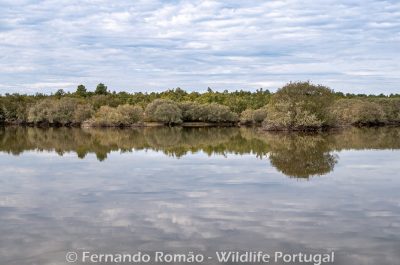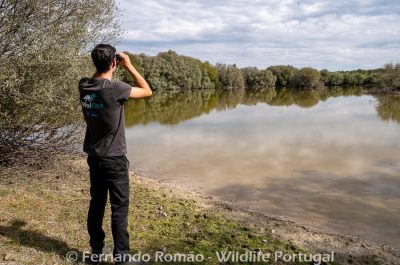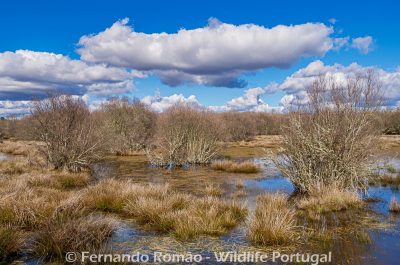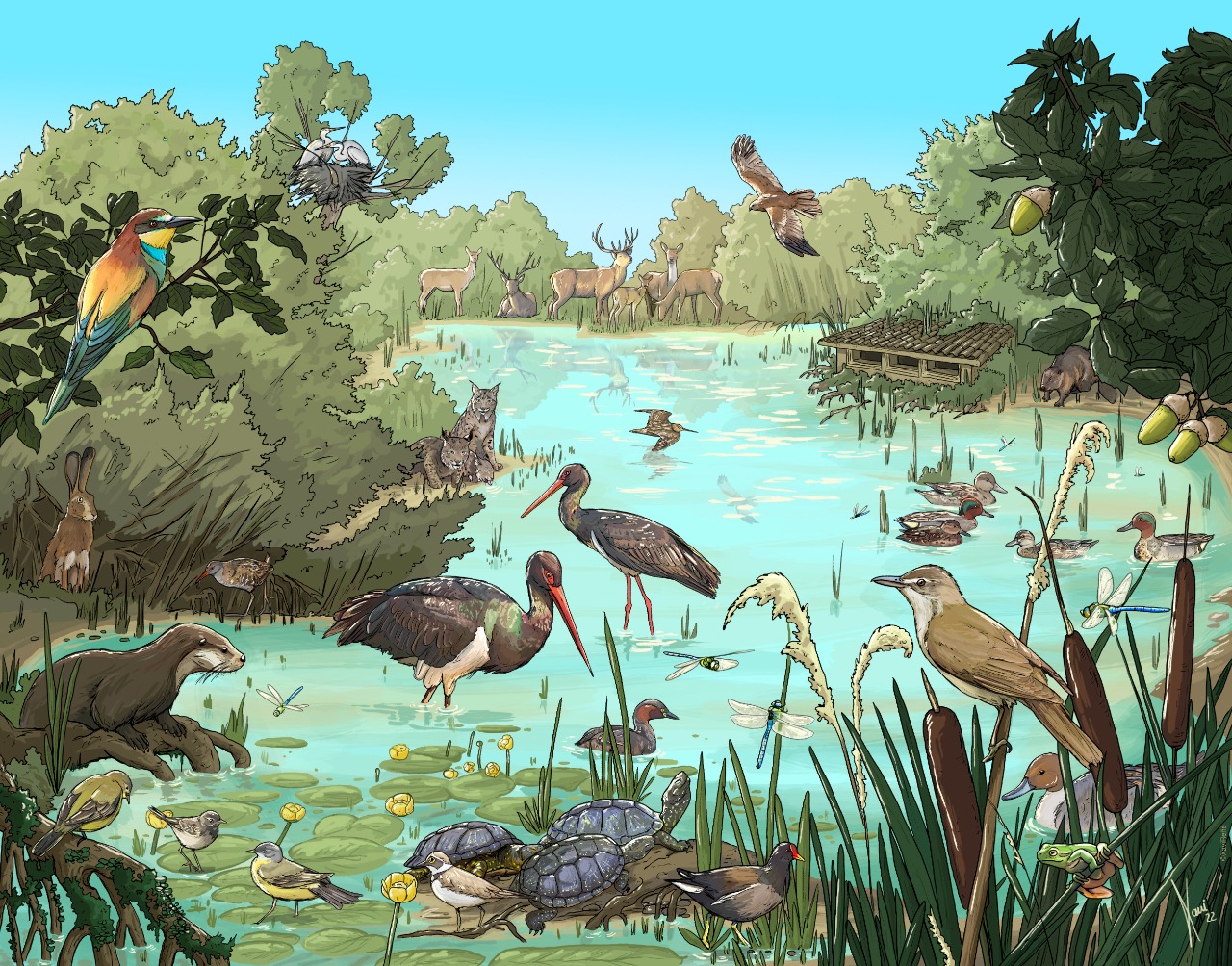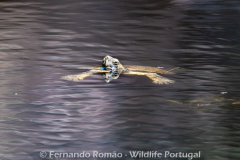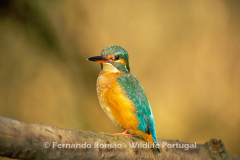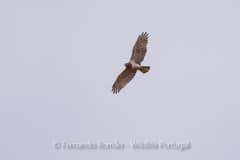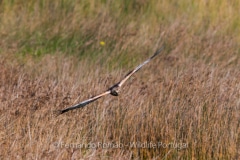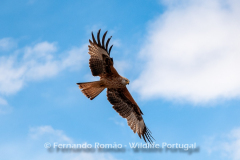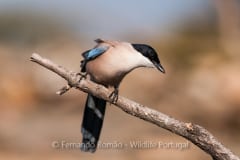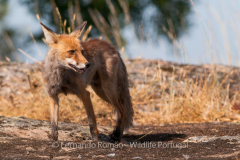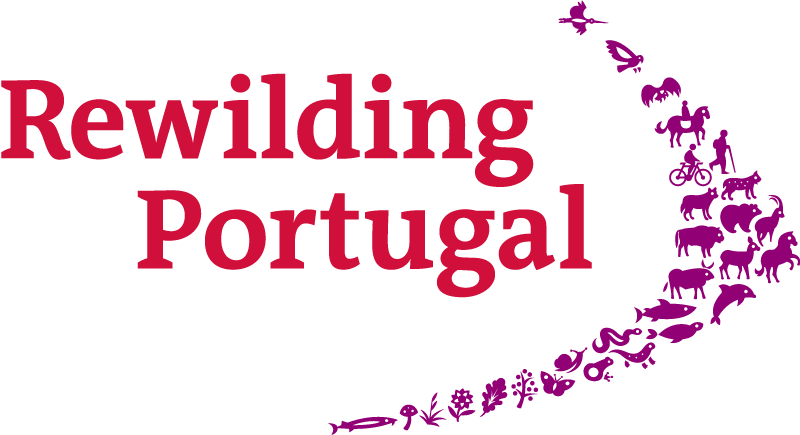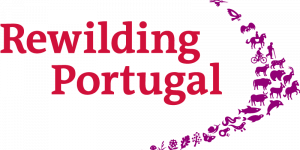A refuge for biodiversity
Despite its recent past, Paul de Toirões is an area that is already of great importance for biodiversity, with important communities of aquatic flora and fauna, including the European Pond Terrapin (Emys orbicularis), the Mediterranean Terrapin (Mauremys leprosa), the Otter (Lutra lutra), a nesting colony of Grey Heron (Ardea cinerea), as well as a breeding pair of Marsh Harrier (Circus aeruginosus), flocks of Mallard (Anas platyrhynchos) and Teal (Anas crecca), Green Sandpiper (Tringa ochropus), Snipe (Gallinago gallinago). Both the White Stork (Ciconia ciconia) and the Black Stork (Ciconia nigra), can be seen here, regularly, searching for food or shelter.
An oasis for birds
The area is also a hotspot for birds, with more than 100 species already observed, being frequented by several species of birds of prey, with the confirmed occurrence of Black Kite (Milvus migrans), Red Kite (Milvus milvus), Short-toed Eagle (Circaetus gallicus) Booted Eagle (Hieraaetus pennatus), Common Buzzard (Buteo buteo), Griffon Vulture (Gyps fulvus), Black Vulture (Aegypius monachus), Egyptian Vulture (Neophron percnopterus), Sparrowhawk (Accipiter nisus) and, occasionally, Golden Eagle (Aquila chrysaetos). But also observed here are the Bee-eater (Merops apiaster), the Iberian Magpie (Cyanopica cooki), the Hoopoe (Upupa epops), the Woodchat Shrike (Lanius senator), the Raven (Corvus corax), the Western Orphean Warbler (Curruca hortensis), the Kingfisher (Alcedo atthis), the Sand Martin (Riparia riparia), the Great Reed Warbler (Acrocephalus arundinaceus), among many others.
Among the group of mammals, the Otter (Lutra lutra), the Red Deer (Cervus elaphus), the Roe Deer (Capreolus capreolus), the Red Fox (Vulpes vulpes), the Badger (Meles meles) and the Wild Boar (Sus scrofa), are the most frequent.
Rewilding
This is also a rewilding area, where the organization Rewilding Portugal is implementing ecological restoration actions to make the Greater Côa Valley a place where natural processes and complete trophic chains play key roles in the landscape. In a future threatened by climate change, Paul de Toirões could be an oasis for wildlife in the Greater Côa Valley, ensuring the permanence and/or return of many fundamental species to the ecosystem, and to demonstrate how rewilding can be a viable solution even in the most humanised territories.

